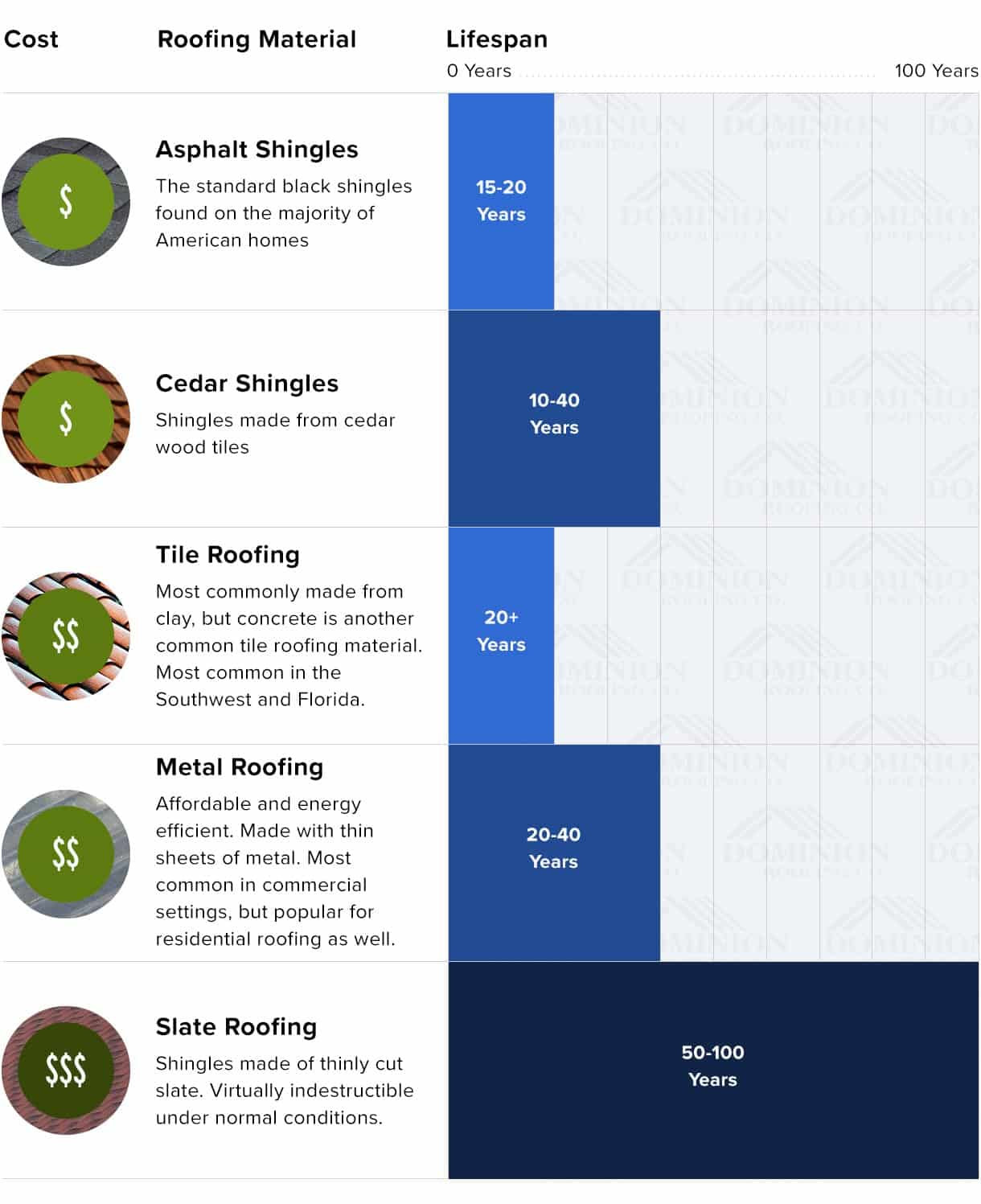The Influence Of Roof Covering Air Flow On The Success Of Setup Tasks
The Influence Of Roof Covering Air Flow On The Success Of Setup Tasks
Blog Article
Created By-Thorpe Iversen
When you're taking on a roof covering job, you might not believe much regarding roofing ventilation, however it's more essential than you realize. Efficient air flow aids control temperature level and wetness in your attic room, preventing problems like mold and structural damages. By recognizing exactly how to design and mount a balanced ventilation system, you can enhance energy performance and lengthen the life-span of your roofing materials. So, what are the key elements to take into consideration throughout installment that can make all the distinction?
Value of Roofing Ventilation
Roof ventilation plays a critical role in keeping the total health of your home. By permitting fresh air to flow through your attic, it helps manage temperature level and wetness degrees. This balance is necessary to prevent warmth build-up throughout hot months, which can bring about enhanced power costs as your air conditioning burns the midnight oil.
Furthermore, correct air flow substantially reduces the risk of moisture-related issues like mold and mildew and mold. If humidity levels climb, your home's structural stability can be compromised, leading to costly repair services. You would not want to take care of decaying wood or warped roofing materials, right?
Additionally, ample air flow expands the life expectancy of your roof. When warmth and wetness are kept in check, your roofing system can execute efficiently, preventing early deterioration. This means less headaches and expenditures down the line.
Exactly How Roof Covering Ventilation Works
Effective roof air flow depends on the all-natural movement of air to create a balance in between consumption and exhaust. When you install vents, you're basically permitting fresh air to enter your attic room while making it possible for warm, stale air to get away. This process helps manage temperature level and dampness degrees, avoiding problems like mold development and roof covering damages.
Consumption vents, normally located at the eaves, draw in great air from outside. On the other hand, exhaust vents, located near the ridge of the roofing system, let hot air rise and exit. The difference in temperature creates a natural airflow, called the pile result. As warm air increases, it develops a vacuum that draws in cooler air from the lower vents.
To optimize this system, you require to make sure that the intake and exhaust vents are effectively sized and placed. If the intake is restricted, you will not attain the desired air flow.
Also, inadequate exhaust can trap warmth and wetness, leading to prospective damage.
Secret Installation Factors To Consider
When mounting roofing system ventilation, several key factors to consider can make or damage your system's efficiency. First, you need to assess your roofing system's design. The pitch, form, and products all influence airflow and air flow choice. Make sure to choose vents that suit your roof kind and local environment problems.
Next, take into consideration the placement of your vents. Preferably, you'll want a well balanced system with consumption and exhaust vents positioned for optimum air flow. Location consumption vents low on the roof and exhaust vents near the top to encourage a natural circulation of air. more info prevent wetness accumulation and advertises energy effectiveness.
Do not ignore insulation. Appropriate insulation in your attic room avoids heat from escaping and keeps your home comfortable. Make link web page that insulation does not block your vents, as this can prevent air movement.
Lastly, consider upkeep. Pick ventilation systems that are simple to accessibility for cleaning and evaluation. Normal upkeep guarantees your system remains to operate properly with time.
Verdict
Finally, roof ventilation is important for an effective installation. By guaranteeing proper air movement, you can avoid warmth accumulation and dampness concerns that lead to costly damages. When you purposefully position intake and exhaust vents, you improve power performance and lengthen the lifespan of your roof covering. Bear in mind, a well-ventilated roof not just shields your investment yet additionally boosts your indoor air quality. So, focus on air flow to ensure a durable and affordable roof for your home.
